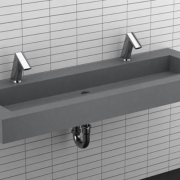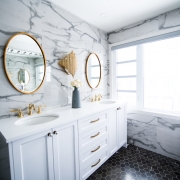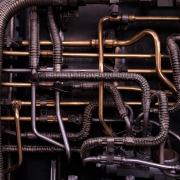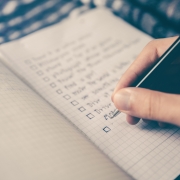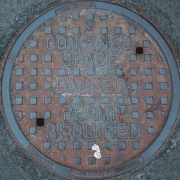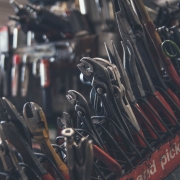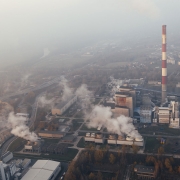Residential Plumbing 101: Understanding Your Home’s Plumbing System
The plumbing system in your home is important for keeping your daily life comfortable. It provides fresh water for drinking, cooking, and cleaning, all while efficiently removing wastewater. That’s why it’s important to understand the basics of residential plumbing. This post goes over everything you need to know so that you can maintain your system, prevent costly repairs, and know that your home is running smoothly.
The Main Components of a Residential Plumbing System
A typical home plumbing system consists of two main subsystems:
- Water Supply System
- Delivers fresh water into your home.
- Connected to either a municipal water supply or a private well.
- Uses pipes, valves, and faucets to distribute water to sinks, showers, appliances, and outdoor fixtures.
- Water pressure provides proper flow; issues like low pressure may indicate leaks or blockages.
- Drainage System (Wastewater Removal)
- Removes used water and waste from sinks, toilets, and showers.
- Connected to a municipal sewer system or a septic tank.
- Includes vent pipes that allow sewer gases to escape and prevent pressure buildup.
- Drain traps keep sewer gases from coming into your home while allowing wastewater to flow out.
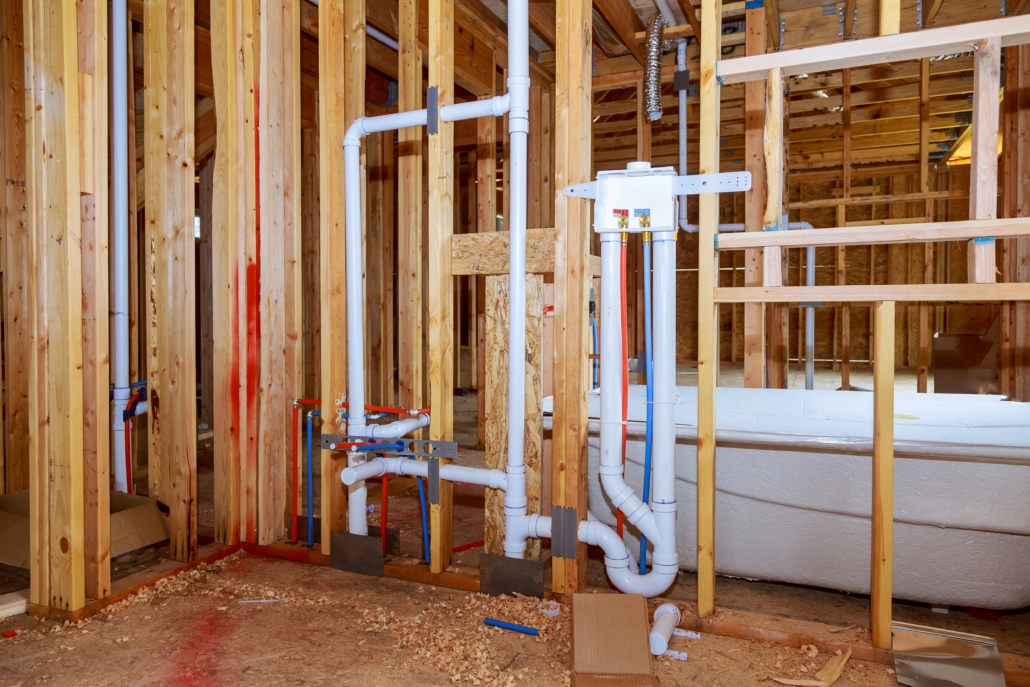
Common Residential Plumbing Materials
- Copper Pipes: Durable and corrosion-resistant, commonly used for water supply lines.
- PVC Pipes: Lightweight, affordable, and used for drainage and venting.
- PEX Pipes: Flexible, easy to install, and resistant to freezing, often used in modern plumbing.
- Galvanized Steel Pipes: Found in older homes but known to corrode over time.
How to Maintain Your Residential Plumbing System
To keep your plumbing system in top condition, follow these simple maintenance tips:
- Regular Inspections: Check for leaks, corrosion, and signs of water damage.
- Drain Cleaning: Use strainers to prevent clogs and flush drains with hot water or a vinegar-baking soda mix.
- Monitor Water Pressure: High pressure can strain pipes and appliances; install a pressure regulator if needed.
- Prevent Frozen Pipes: Insulate exposed pipes during winter and let faucets drip to prevent freezing.
- Know Your Shutoff Valves: Locate your main water shutoff valve in case of emergencies.
- Check Your Water Heater: Flush your water heater tank annually to remove sediment buildup and improve efficiency.
- Test Your Sump Pump: Make sure your sump pump is working properly, especially before the rainy season, to prevent basement flooding.
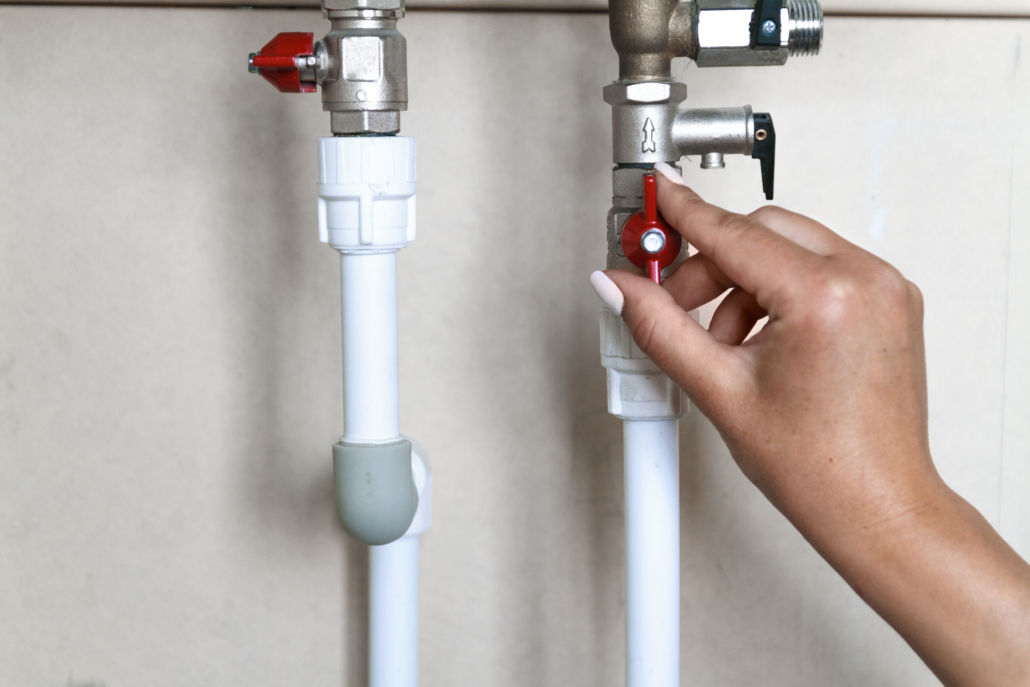
Common Residential Plumbing Issues & Troubleshooting Tips
Even with regular maintenance, plumbing problems can always happen. Here are some common issues and how to handle them:
- Leaky Faucets: Usually caused by worn-out washers or seals. Replacing these parts can stop leaks and save water.
- Running Toilets: A faulty flapper valve may be causing water to flow continuously, and replacing it is a quick fix.
- Slow Drains: Buildup of hair, soap scum, or grease can slow your home’s drains. Using a drain snake or a mixture of baking soda and vinegar can help clear minor blockages.
- Water Discoloration: Rusty or brown water may indicate corroded pipes or issues with the municipal water supply. If the issue is persistent, it’s best to consult a plumber.
When to Call a Professional Residential Plumber
Although minor plumbing issues can be handled with do-it-yourself (DIY) solutions, some residential plumbing problems need a professional to step in:
- Persistent leaks or water damage
- Sewer backups or foul odors
- Low water pressure or low water temperature throughout your home
- Major pipe replacements or new installations
- Water heater malfunctions
- Burst pipes or major flooding
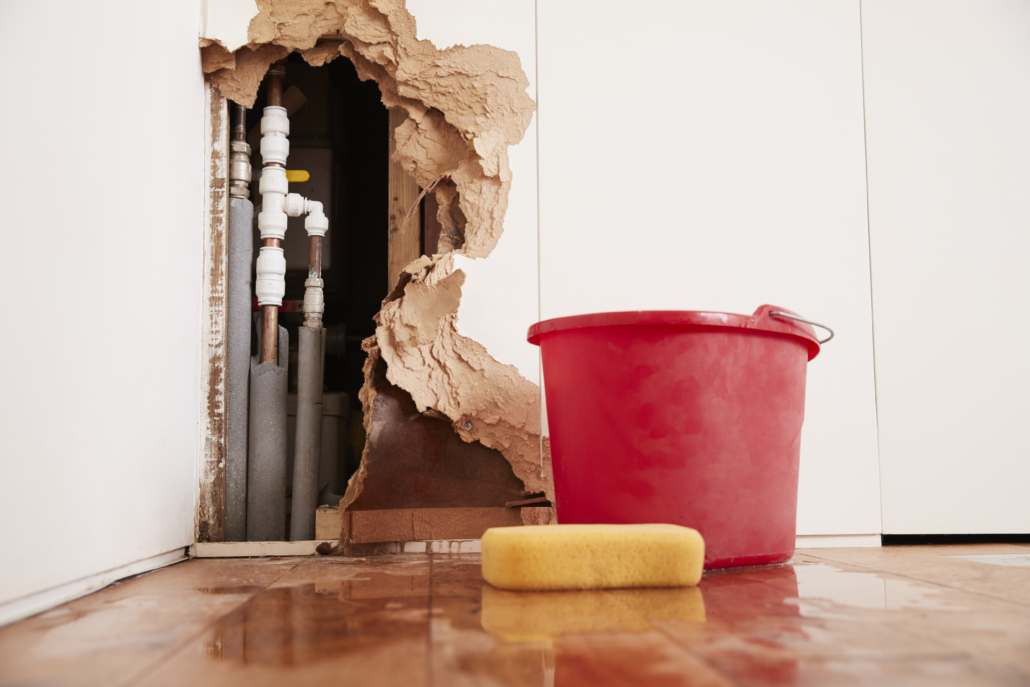
A Residential Plumber You Can Trust
Understanding residential plumbing basics can help homeowners maintain their systems and avoid expensive repairs. Just by knowing these simple tips and tricks, using correct maintenance techniques, and knowing when to call a professional plumber, you can make sure your home’s plumbing continues to run efficiently.


